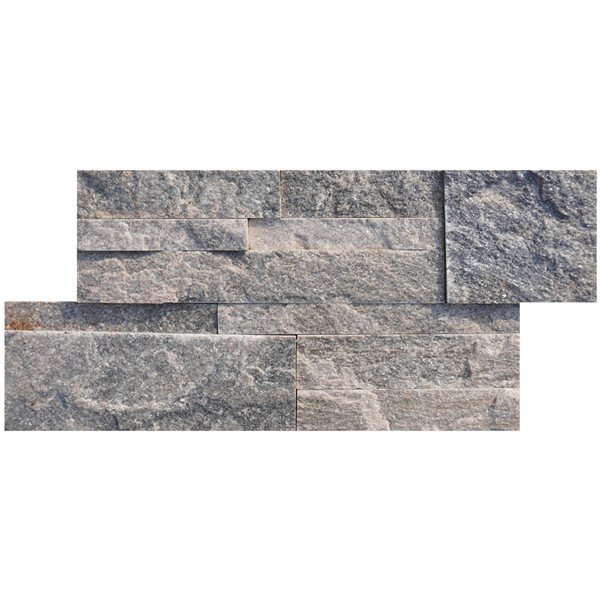Introduction:
Cultured stone pillars have been a staple in architecture for centuries, providing both structural support and aesthetic appeal to buildings and structures. These pillars are crafted using a blend of natural stone aggregates, dyes, and lightweight cement, resulting in a durable and versatile material that mimics the look and feel of natural stone. In this article, we will explore the history, benefits, and applications of cultured stone pillars, highlighting their timeless elegance and enduring popularity in architectural design.
History of Cultured Stone Pillars:
The use of stone pillars in architecture dates back to ancient civilizations such as the Greeks, Romans, and Egyptians. These early civilizations recognized the strength and beauty of natural stone, using it to construct grand temples, palaces, and monuments. However, the heavy weight and labor-intensive process of quarrying and shaping natural stone made it a costly and time-consuming endeavor.
In the 20th century, advancements in technology and materials led to the development of cultured stone – a composite material that replicates the look of natural stone while offering greater versatility and affordability. Cultured stone pillars became increasingly popular in architectural design, allowing builders and designers to create stunning facades, entryways, and structural elements with ease.
Benefits of Cultured Stone Pillars:
Cultured stone pillars offer a range of benefits that make them a preferred choice for architects, builders, and homeowners alike. Some of the key advantages of cultured stone pillars include:
1. Versatility: Cultured stone pillars are available in a wide range of colors, textures, and styles, allowing for endless design possibilities. Whether you prefer the look of classic marble, rustic limestone, or modern granite, there is a cultured stone option to suit your aesthetic preferences.
2. Durability: Despite their lightweight nature, cultured stone pillars are incredibly durable and weather-resistant. They are designed to withstand the elements, including rain, wind, and extreme temperatures, making them ideal for both indoor and outdoor applications.
3. Cost-Effectiveness: Cultured stone pillars are more affordable than natural stone, making them a cost-effective alternative for budget-conscious projects. Additionally, the lightweight nature of cultured stone reduces transportation and installation costs, further enhancing their value.
4. Easy Maintenance: Cultured stone pillars require minimal maintenance to keep them looking their best. Regular cleaning with soap and water is usually all that is needed to maintain the appearance of cultured stone, making them a low-maintenance option for busy homeowners.
Applications of Cultured Stone Pillars:
Cultured stone pillars can be used in a variety of architectural applications, adding a touch of elegance and sophistication to any space. Some common uses of cultured stone pillars include:
1. Entryways: Cultured stone pillars make a grand statement when used to frame entryways and doorways. Whether flanking stepping stones of a home or lining the entrance to a commercial building, cultured stone pillars create a welcoming and impressive first impression.
2. Porches and Patios: Cultured stone pillars can be used to support covered porches, pergolas, and patio covers, adding architectural interest and defining outdoor living spaces. Paired with decorative lighting or climbing vines, cultured stone pillars can enhance the beauty and functionality of outdoor areas.
3. Interior Design: Cultured stone pillars are not limited to exterior applications – they can also be used to enhance interior spaces. From creating a focal point in a living room to dividing open-concept spaces, cultured stone pillars add character and charm to any room.
4. Garden Features: Cultured stone pillars can be used to create garden accents such as pergolas, arbors, and trellises. When paired with climbing plants or vines, cultured stone pillars add a touch of natural beauty to outdoor landscapes, creating a serene and inviting atmosphere.
Conclusion:

Cultured stone pillars are a timeless and elegant architectural element that has been cherished for centuries. With their versatility, durability, and aesthetic appeal, cultured stone pillars continue to be a popular choice for designers, builders, and homeowners looking to add a touch of sophistication to their spaces. Whether used to frame entryways, support outdoor structures, or enhance interior design, cultured stone pillars are sure to make a lasting impression with their classic beauty and enduring charm.
